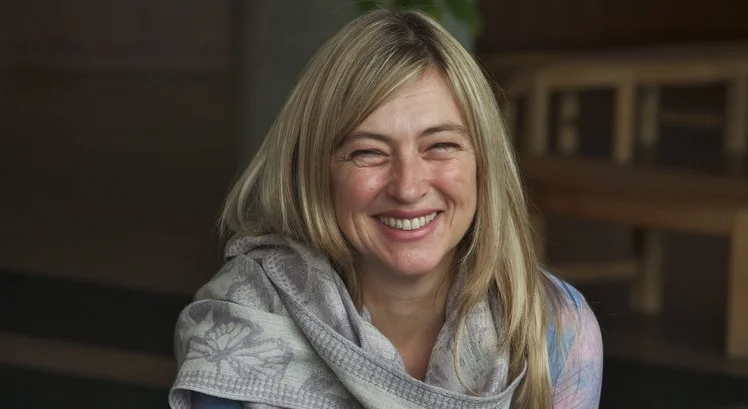Today, business leaders are more aware than ever of the correlation between a company’s productivity and the health of its culture. In the private sector, strong, positive organizational cultures are synonymous with growth and sustainability. And at the heart of culture is story, which grows out of a community's dominant narratives.
Yet, these dominant narratives are not always the same as the stories that reach the ears of top-level decision makers. To discover the stories actually shaping employees’ attitudes, thoughts and behavior, we must go first to the watering hole of that organization. A watering hole is a physical or psychological space where community members gather naturally each day, and the story exchanges that take place at a watering hole reveal the narratives that mold, shape and build organizational culture.
These stories, however, often go unnoticed and unheard. Business leaders don’t often have the capacity to recognize the importance of these daily story exchanges for coherent leadership, and if leaders don’t create spaces to listen, those who aren’t in power are only able to tell their stories among themselves, not to the top lines. When employees then hear stories from their leaders, in meetings and town halls, videos, and communication strategies, which don't reflect or partially reflect the stories told around their watering hole, the dissonance leads to cycles of distrust and disengagement. A human-centered and healthy company culture must therefore be a story-centered culture: one where the stories of all employees, on all levels, are heard and addressed.
And that is the aim of this workshop: to explore how we can help redistribute power and take steps towards creating story-centered organizational cultures by finding and reclaiming the watering holes. Specifically, we will do activities in large group, small group and partner format to explore and uncover:
1. the raw power behind the storytelling done collectively and naturally at every company's watering hole(s) and the implications of these stories for an organization's culture, effectiveness and future
2. how the watering hole can be found and reclaimed positively, through analyzing a case study
3. three specific techniques you can use to train leaders to listen, engage with and address the stories individuals tell at their company watering hole(s) in order to bring about coherent and positive organizational culture change.





























Speaker & Facilitator
Website